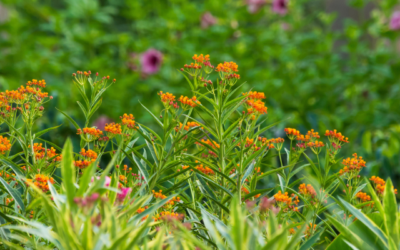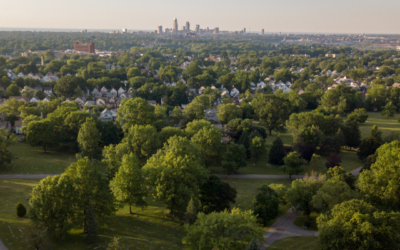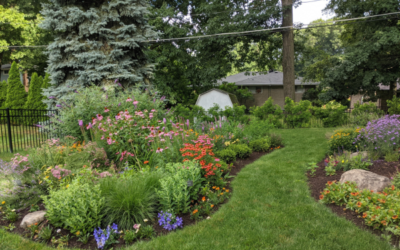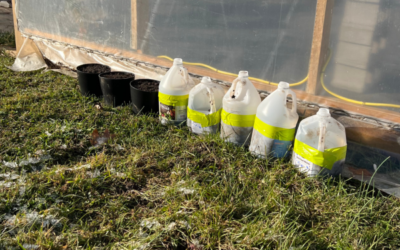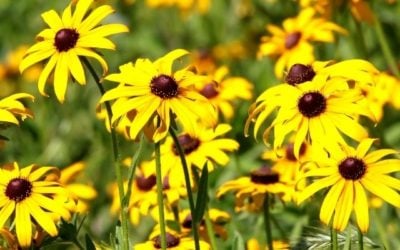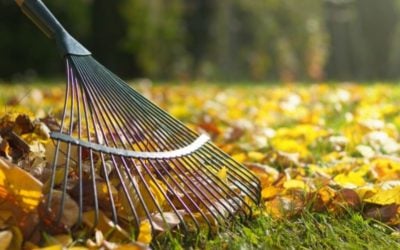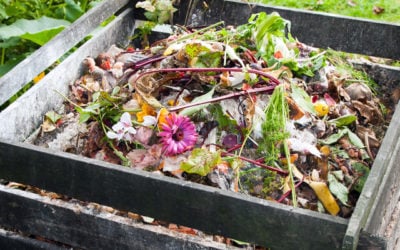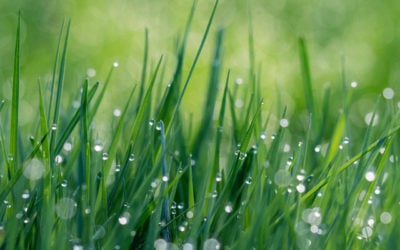What is a Rain Garden?
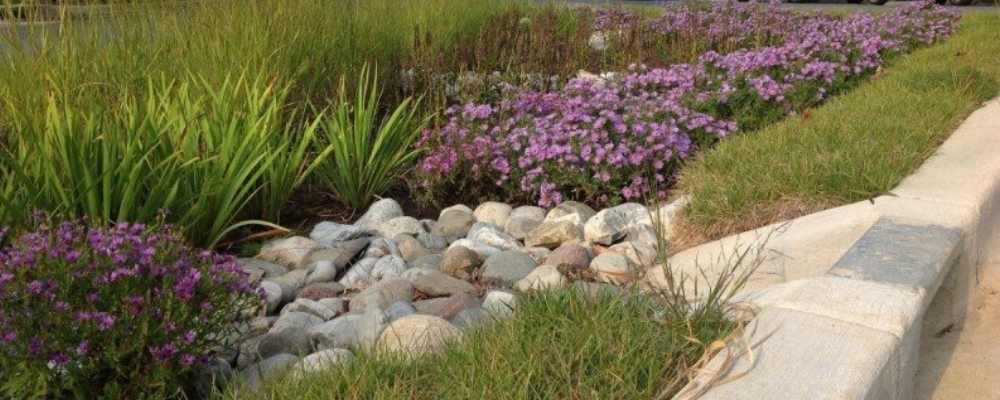
Rain Gardens Collect Rain Water and Snow Melt
Rain gardens are depressions in the landscape that capture precipitation, filter and absorb it through soil. They can be used to capture up to 40% of water that would otherwise become runoff.
Rain gardens have been recognized by the U.S. Green Building Coalition LEED certification as effective aids in managing stormwater.
Creating a Rain Garden
Siting Your Rain Garden – Take advantage of locations that have good drainage and lie within existing drainage patterns. Low spots aren’t ideal because they often have poor drainage, possibly leading to standing water. Rain gardens should be placed to intercept water before it gets to the lowest areas of a yard. Locations with poor draining soil necessitate excavation to correct the drainage. If your lawn slopes, consider creating a small terrace for your garden.
Tips for Site Location
- Avoid sites too close to foundations. Sites close to buildings may leak into your home’s foundation. A ten-foot buffer is usually recommended.
- Redirect rain water toward a distant rain garden. Create underground piping to direct water to the site or create channels and/or swales. These types of features can become attractive parts of landscaping and increase water drained at the rain garden. Consider having a garden for both your front and back yard.
- Avoid excavating near large trees. Excavation can damage tree roots. Also, some trees produce chemicals that are toxic to certain plants.
- Be aware of property lines, right of ways and underground utilities. Call utility companies first to identify lines before you dig.
Evaluate the Soil – The most important aspect of a functioning rain garden is its ability to absorb water. Some soils that are compacted and have poor drainage may need to be excavated in order to create favorable soil conditions. Compact soils may need to be excavated up to two feet to create adequate conditions.
Create an effective design – Any size rain garden will have a positive impact on water drainage. Ideally, a rain garden would absorb all the rain that is otherwise runoff from your yard. Estimate the size of the garden by considering the area of roof and pavement from which the garden will capture runoff. Depending on how absorbent your soil is, the area of the garden should be between 20 and 60 percent of total drainage area. Home rain gardens are usually between 150 and 400 square feet.
Prepare the site – Excavate a spot to create the garden. Some locations and soil conditions might require more excavation than other sites. When creating the basin, dig a saucer shape so water can be spread and absorbed over a wider area. For compacted or poor soil conditions, consider amending the poor soil with better soil.
Select the plants – Select plants that are suitable to the site’s pH, light and water conditions. Be aware that some areas of the rain garden will be more wet than other areas. Plants should be able to survive in both wet environments, when the garden acts as a pool, and in dry environments between rain falls. Some examples include New England Aster, Switchgrass, Sweet Joe-Pye Weed, Maidenhair Fern and Wild Columbine.
Worried that your rain garden might attract unwanted pests, such as mosquitoes? Rain gardens are not ponds: A properly designed rain garden will only hold water for less than 48 hours, which is not enough time for mosquitoes or other pesky insects to breed.
More Articles for a Healthy Yard and Home
How To Fight Stream Pollution Through Effective Stormwater Management
In this guide, we’ll explore and address how pollutant loading in streams is crucial for the well-being of both watersheds and communities.
Roots of Sustainability: Understanding the Importance of Trees in Urban Living
A healthy urban tree canopy has a profound and positive impact on community quality of life in various ways. Recognizing the value of urban trees and investing in their preservation can contribute to sustainable, resilient, and vibrant urban living.
Shrink Your Lawn: A Guide to Growing More Native Plants
In this guide, we’ll explore the importance of reducing your lawn’s size and explain the many benefits it brings, both for your wallet and the environment.
Cold-Weather Cultivation: 8 Steps to Winter Sowing and Seed Stratification
It is important to determine when native seedlings are ready for harvest. Not sure how to? Check out our guide to harvesting native seedlings.
How to Know When Native Seedlings are Ready to be Harvested
It is important to determine when native seedlings are ready for harvest. Not sure how to? Check out our guide to harvesting native seedlings.
Harvesting Guide for Native Seedlings and Plants
Stearns Native Nursery is always in need of native trees and seedlings. To get your native plants to the Stearns Nursery, follow this harvesting guide.
How to Add Native Plants to Your Garden
Many of us have chosen to cultivate species and landscapes that are not naturally-occurring in our region. It’s wasteful, expensive and detrimental to wildlife who encounter reduced availability of the native species upon which they feed.
Wildlife-Friendly Fall Yard Cleanup
Before any landscape program begins, assess the current conditions of your home landscape. This assessment will help you to identify and prioritize future projects and allow you to appreciate all the positive changes you’ve made.
Composting 101
Before any landscape program begins, assess the current conditions of your home landscape. This assessment will help you to identify and prioritize future projects and allow you to appreciate all the positive changes you’ve made.
Turf Grass Care
Before any landscape program begins, assess the current conditions of your home landscape. This assessment will help you to identify and prioritize future projects and allow you to appreciate all the positive changes you’ve made.

